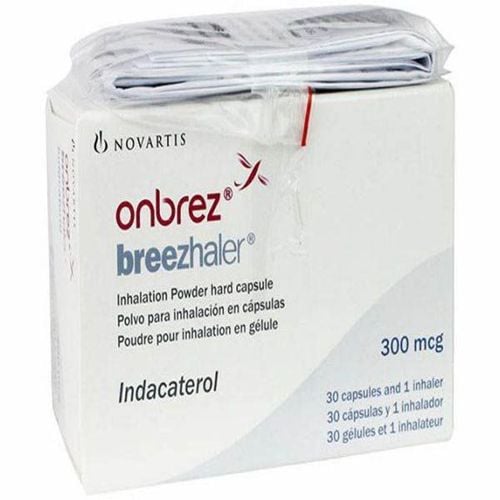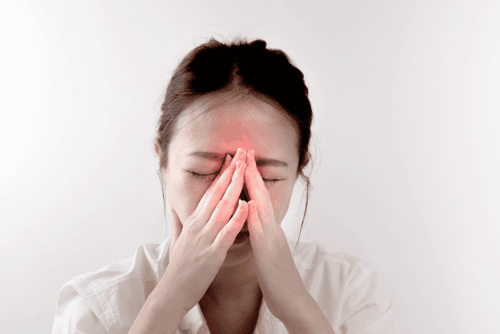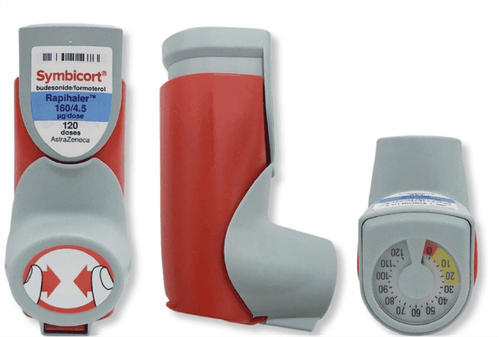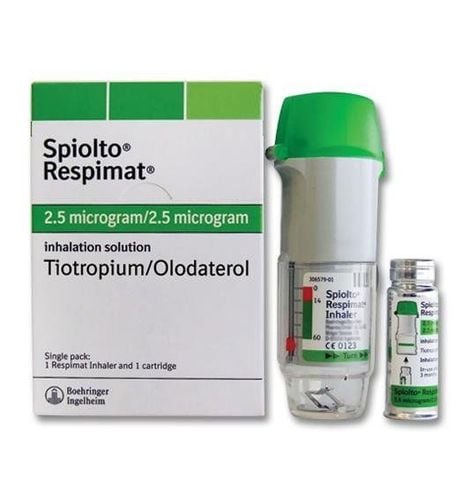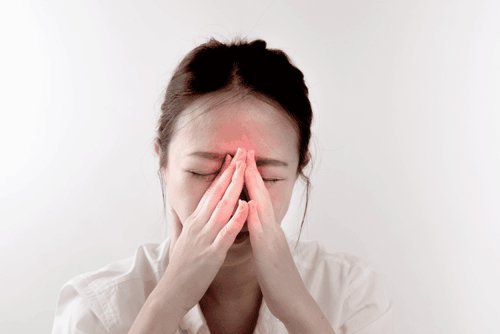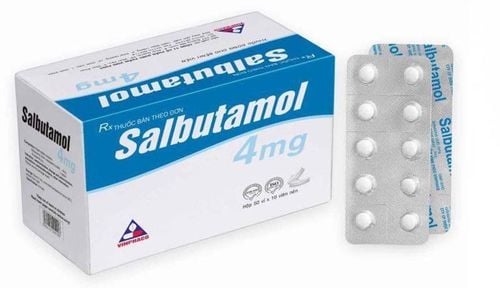This is an automatically translated article.
Air humidity is a measure of the amount of water present in the air. Air humidity has many effects on human health, including patients with chronic obstructive pulmonary disease.
1. Overview of Chronic Obstructive Pulmonary Disease (COPD)
Respiratory activity in a humid environment stimulates the nerves inside the lungs, causing the airways to narrow and constrict. The amount of water in the air also affects the oxygen concentration in the air. When the air humidity is high, the partial pressure of the air decreases, so breathing becomes difficult. People with chronic obstructive pulmonary disease should pay attention to the air humidity in the surrounding environment to prevent outbreaks of exacerbations and improve their quality of life.
Chronic obstructive pulmonary disease (English name is chronic obstructive pulmonary disease (COPD) ) is one of the respiratory diseases with clinical manifestations of dyspnea. It is caused by long-term exposure to respiratory allergens such as cigarette smoke or air pollutants.
Patients with chronic obstructive pulmonary disease frequently present clinically with symptoms such as cough, wheezing, and dyspnea. These symptoms tend to become more severe during times of weather change such as the changing of seasons.
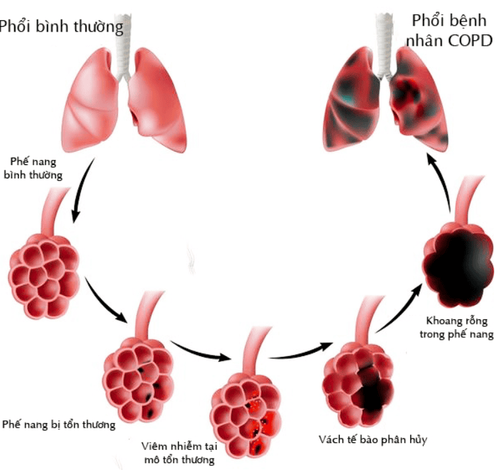
Tình trạng COPD
2. Predisposing factors of chronic obstructive pulmonary disease
Air that is too cold, too hot, or too dry can all be triggers for an exacerbation of chronic obstructive pulmonary disease. Breathing becomes difficult when the temperature drops below 0 degrees Celsius or above 32.2 degrees Celsius. The weather is too windy, making it difficult for the patient to breathe. Humidity, the ozone layer, and pollens have also been implicated in an exacerbation of chronic obstructive pulmonary disease.
Regardless of the stage or severity of the disease, the prevention of exacerbations plays an important role in improving the patient's quality of life. An important rule in exacerbation prevention is to avoid exposure to allergens, including:
Tobacco smoke Dust Chemicals, household cleaners Air pollution
On days of extreme weather, sick people should protect their own health by staying indoors as much as possible.
Trắc nghiệm: Làm thế nào để có một lá phổi khỏe mạnh?
Để nhận biết phổi của bạn có thật sự khỏe mạnh hay không và làm cách nào để có một lá phổi khỏe mạnh, bạn có thể thực hiện bài trắc nghiệm sau đây.
Ô nhiễm không khí gây ra các bệnh lý về phổi
3. Chronic obstructive pulmonary disease and outdoor activities
If you have to go out, you should plan for the most comfortable time of the day, avoiding times that are too hot or too cold.
When the temperature is low, the patient should dress warmly, cover the mouth and nose with a scarf and breathe through the nose to warm the air before entering the lungs, avoiding aggravation of clinical symptoms.
During the summer months, sick people should avoid going outside on days when the air humidity is high, or the air is at its most polluted.
Lowest ozone level in the morning. An air quality index (AQI) less than or equal to 50 is ideal for outdoor activities.
4. Optimal air humidity
According to respiratory pathologists, the susceptibility to air humidity varies among patients with chronic obstructive pulmonary disease. Many patients with COPD have many features of asthma. Some patients prefer warm, dry climates while others prefer environments with lots of humidity.

Độ ẩm không khí ảnh hưởng đến bệnh lý phổi
In general, patients with chronic obstructive pulmonary disease are suitable for environments with low air humidity. The ideal air humidity for an indoor environment is 30% to 50%. Maintaining a steady level of air humidity during the winter months is not easy, especially in areas with cold climates where heating is always on.
To achieve optimal indoor air humidity, patients can use a humidifier, combined with central heating, or a small capacity humidifier suitable for small spaces. than.
Regardless of the type of humidifier selected, users should pay attention to regularly clean the chamber and filter, following the manufacturer's instructions for use. Air filters inside air conditioners and heating systems should also be replaced every three months.
Air humidity is also an issue to keep in mind when bathing. The patient should open the ventilation system while bathing and open the window after bathing.
5. Danger of high humidity
High air humidity is a condition for the appearance of many pollutants in the air such as house dust, bacteria and viruses. These allergens are what make the symptoms of chronic obstructive pulmonary disease worse. High indoor air humidity is also a favorable factor for mold growth inside the house. Mold is a common exacerbation trigger in both chronic obstructive pulmonary disease and asthma. Areas that are prone to mold growth in the home include:
Floors or basements that are leaking water Leaking pipes Unhygienic carpets Bathrooms and kitchens are not well ventilated Fan blades in the refrigerator or freezer Rooms that use a humidifier, dehumidifier or air conditioner.

Sử dụng máy tạo độ ẩm
Overexposure to mold can irritate the pharynx and lungs. Symptoms that become more severe include:
Increased cough Snoring Nasal congestion Sore throat Wheezing Sinusitis or runny nose caused by inflammation of the nasopharyngitis Patients with chronic obstructive pulmonary disease are particularly susceptible to mold exposure, especially when the patient's immune system is weakened.
Customers can directly go to Vinmec Health system nationwide to visit or contact the hotline here for support.




